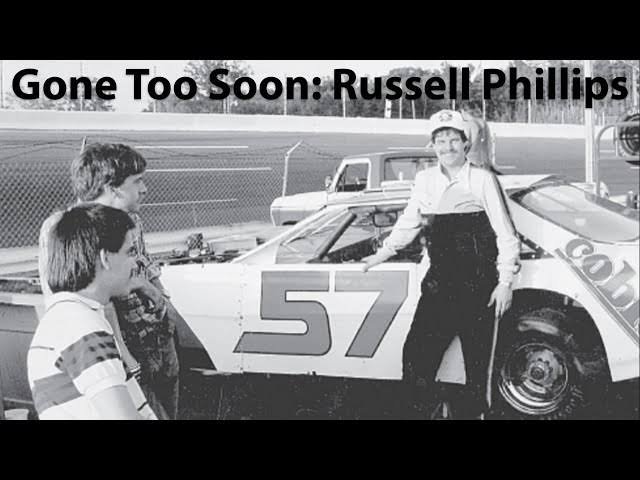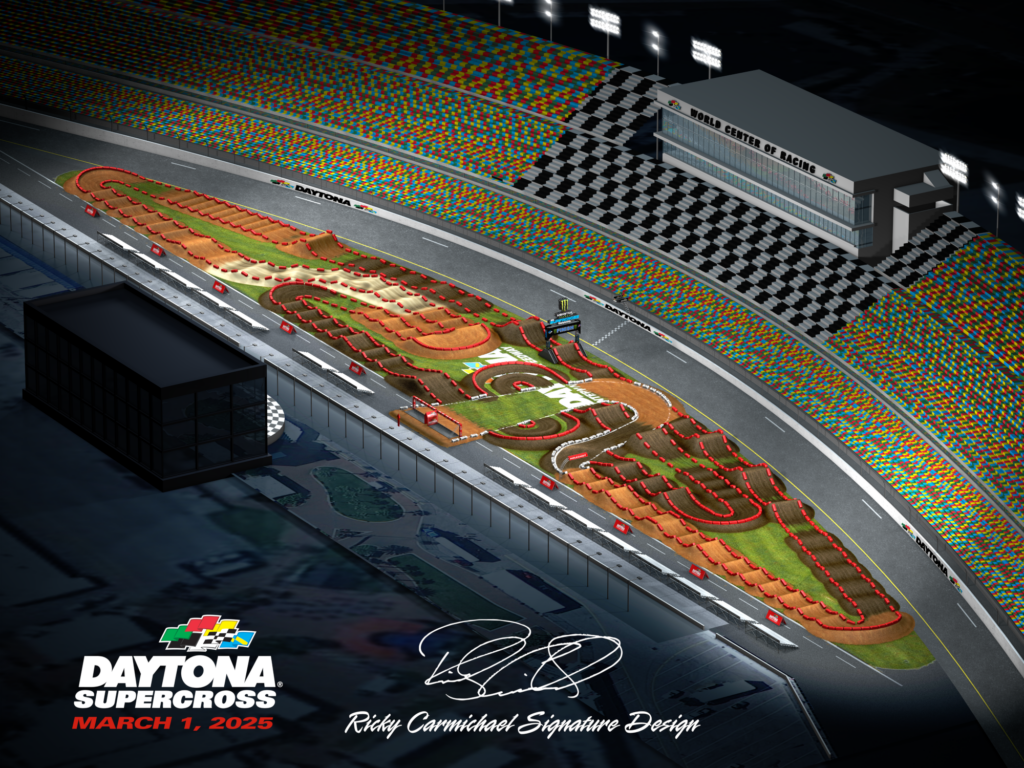The Darkest Day in NASCAR History: Remembering Russell Phillips’ Tragic Crash That Changed Safety Forever
NASCAR has always been a high-speed, high-stakes sport, where drivers push the limits at 200 mph, knowing full well the risks involved. Over its 76-year history, fans have witnessed countless jaw-dropping crashes, like Josh Berry’s flip in Daytona or Corey LaJoie’s somersault in Michigan during the 2024 season. But none compare to the horror of what transpired on October 6, 1995, when the sport experienced one of its most gruesome accidents—the tragic death of Russell Phillips.
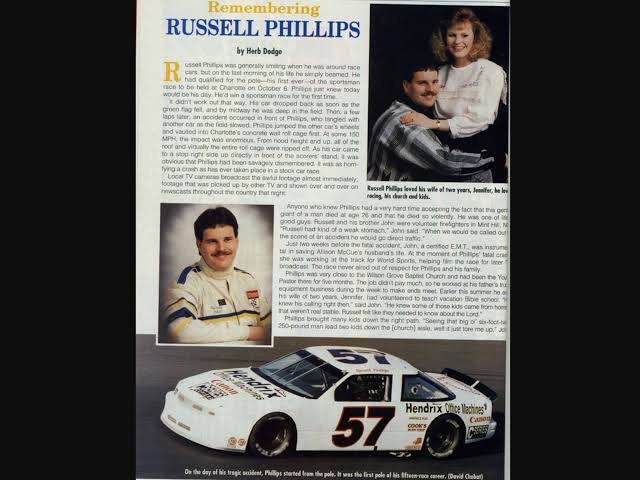
A Promising Career Cut Short
Before tragedy struck, Russell Phillips was a rising star in NASCAR’s Sportsman Division. Known as a ‘gentle giant’ by his friends, the 26-year-old from Mint Hill, North Carolina, balanced his passion for racing with his work as a car fabricator and volunteer firefighter. Driving the No. 57 car, Phillips had already earned an eighth-place finish in 1993 and was steadily building his reputation.

On that fateful October day, Phillips secured his first pole position for the Winston 100 at Charlotte Motor Speedway. The race began with promise as he led the first two laps. However, things took a devastating turn when he fell back to 10th place by the time Joe Gaita and Morris W. Bice collided in Turn 4.
The ensuing wreck was catastrophic. As Steven Howard swerved to avoid the crash, his car struck Phillips’. Phillips’ vehicle flipped onto its side, and the roof made direct contact with the retaining fence and its support poles.
A Scene of Unimaginable Horror
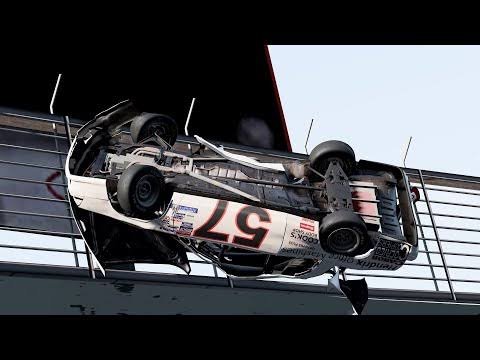
The impact was beyond comprehension. When rescue crews arrived, they were met with a devastating scene that left no hope of survival. Freelance photographer Tom Whitmore, who witnessed the crash, described it chillingly:
“It looked like someone had taken a can opener to the roof. It was like there was a cave where the roof was supposed to be. That’s as gruesome a wreck as I can ever recall.”
Phillips’ remains were scattered across the track, shocking the crowd and sending ripples of disbelief through the motorsports world. NASCAR officials quickly moved to shield the scene from spectators, covering the area with a tarp and ending Phillips’ race forever.
The Fallout and NASCAR’s Response
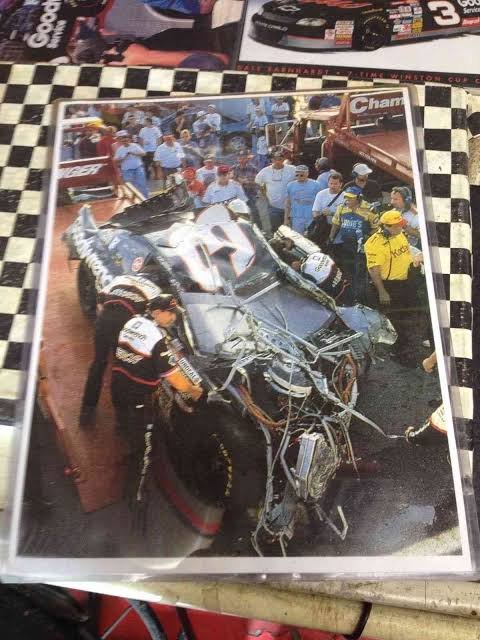
Despite the gravity of the situation, NASCAR faced criticism for resuming the race within an hour of the crash. By 5 PM, the remaining cars were back on track, and Phillips’ team members were seen packing up their trailer in stunned silence. NASCAR spokesperson Kevin Triplett said at the time, “We investigate every accident individually,” but many felt the sport’s response lacked urgency and empathy.
However, the tragedy did spur much-needed change. A forensic analysis revealed that the crash’s severity was exacerbated by the failure of the roll cage and the roof bar system, compounded by the high-speed trajectory and wall design on Turn 4. In response:
- NASCAR implemented stronger roll cages to protect drivers during high-impact collisions.
- The Winston Sportsman Division was discontinued entirely, forever tainted by Phillips’ death.
- Safety measures, already under scrutiny after other crashes, became a top priority.
A Lasting Legacy
Russell Phillips’ death remains one of NASCAR’s darkest moments, serving as a painful reminder of the dangers inherent in the sport. While other tragedies, such as Dale Earnhardt’s 2001 Daytona 500 crash, later spurred further advancements like SAFER barriers and the mandatory use of the HANS device, Phillips’ accident played a pivotal role in shaping the safety measures that protect drivers today.
As we reflect on this spine-chilling tragedy, it’s a sobering reminder of how far the sport has come. The safety innovations that define modern NASCAR have saved countless lives, ensuring that drivers and fans alike can continue to enjoy the thrill of racing without the shadow of such devastating loss.
